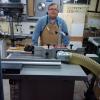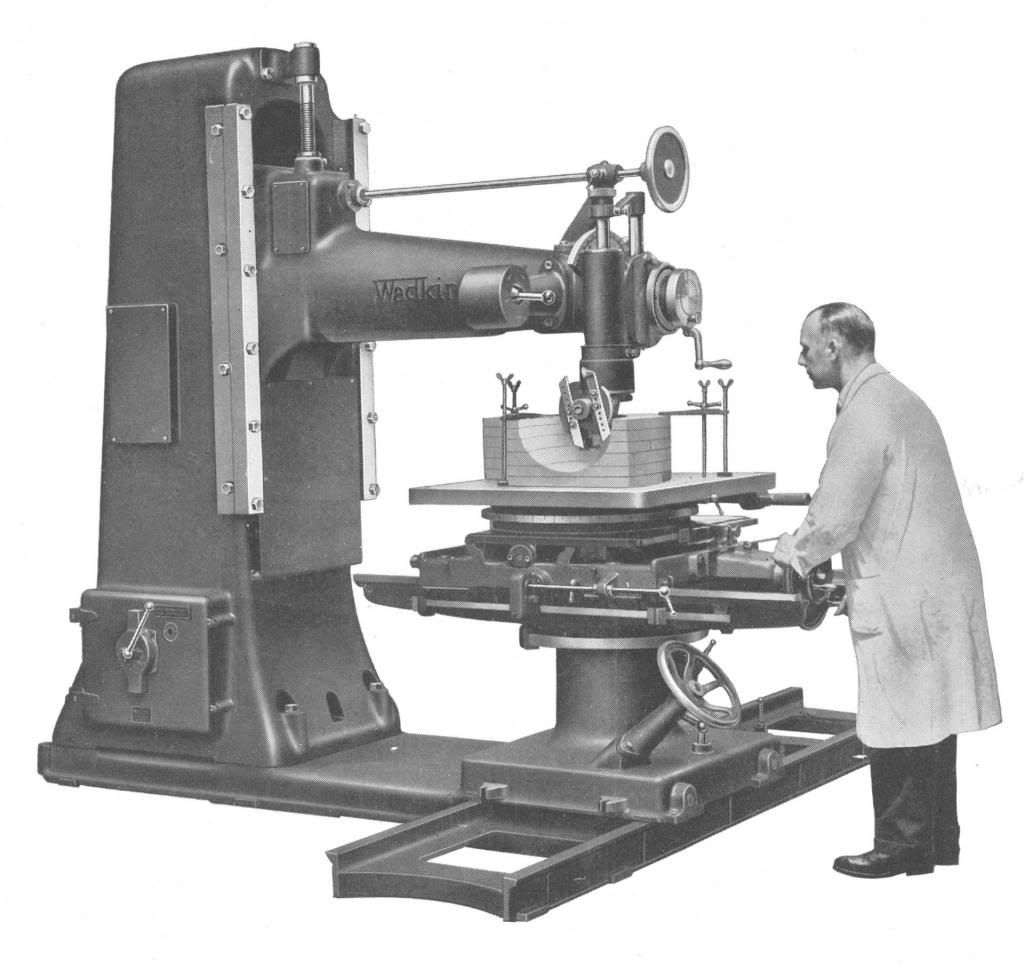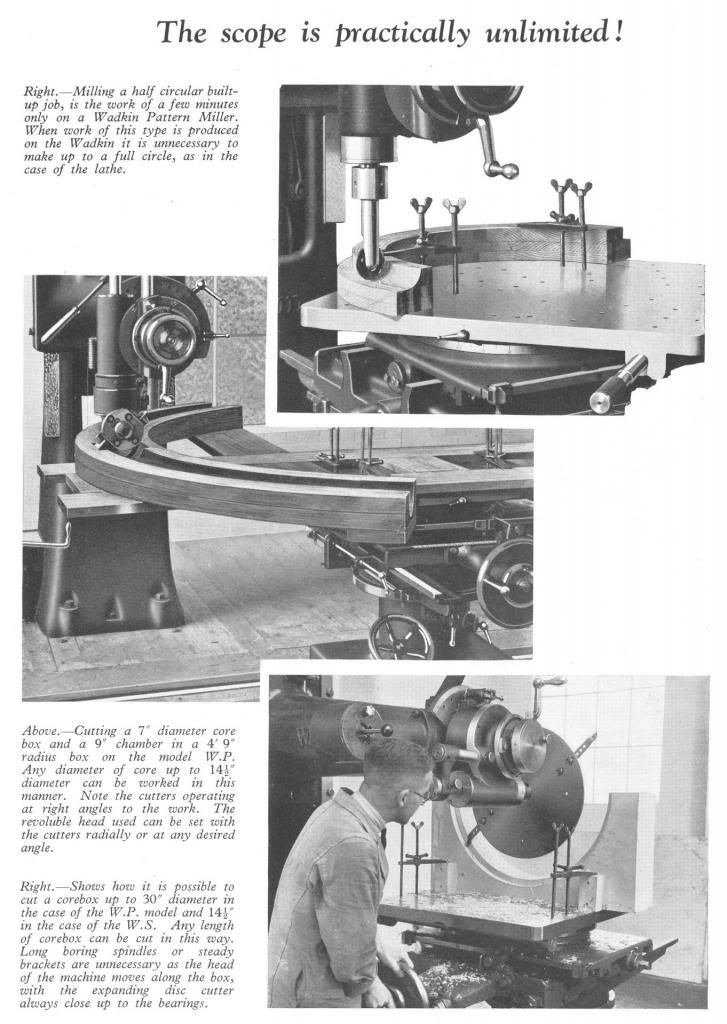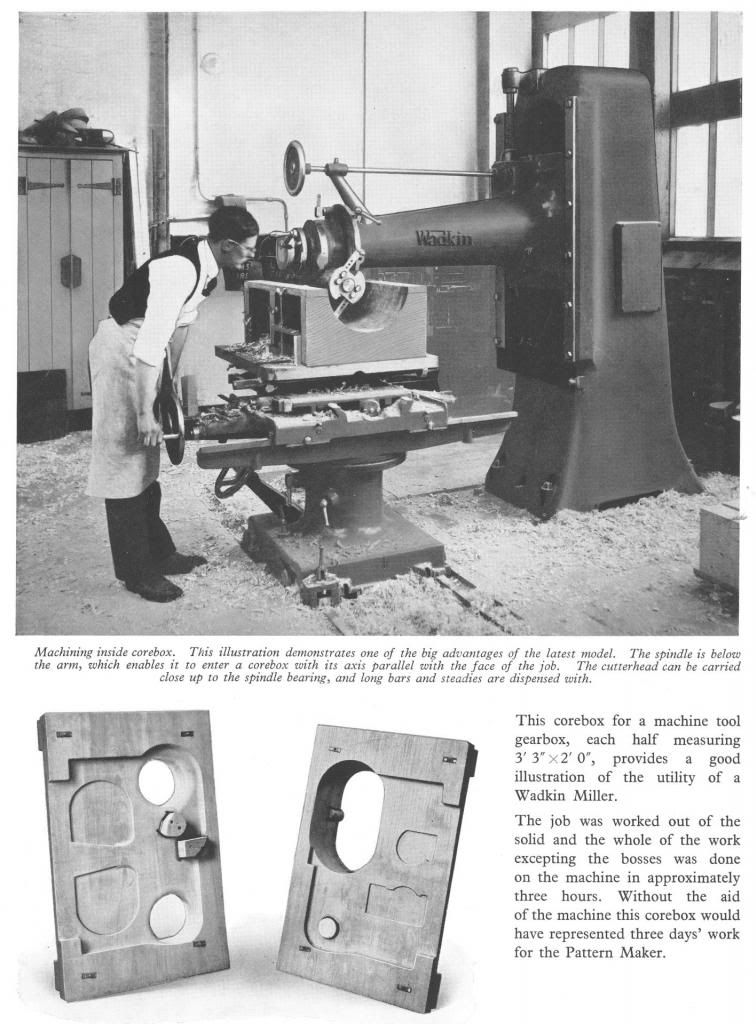
Originally Posted by
Allan Speers

This raises a question I've had fpor a while, but for which there's no answer:
Why doesn't some company make a shaper-like routing system. That is, A heavy cabinet with a 5 HP + induction motor, 10,000 - 20,000 speed, and a router chuck embedded in table-mounted bearings. it seesm to me, this would be the ultimate router table, and most serious users never use their table-router for hand-held use.
I know that some higher-end shapers offer a router adapter, but that's not quite the same thing.
Allan
It would be pretty easy to make one of these from a shaper. Change the speed via the pulleys (5:1-6:1), add a speed controller (VFD) and off you would go.
In this thread, unless I missed it, there is one thing a shaper does that a table mounted router cannot do, and that is reverse direction. When I did piece work repair for the boat yards many years ago, I used that feature somewhat often. Reversing the cutter head to cut with the grain on teak and mahogany made the repair piece much nicer. Less hand work after.
Last edited by Mike Cutler; 05-16-2015 at 5:26 AM.
"The first thing you need to know, will likely be the last thing you learn." (Unknown)




 Reply With Quote
Reply With Quote






 Now that is a a..a..a..a…. recessor. I'd no idea stuff like that even existed. The clamps holding the work down look very light in comparison though...
Now that is a a..a..a..a…. recessor. I'd no idea stuff like that even existed. The clamps holding the work down look very light in comparison though...
